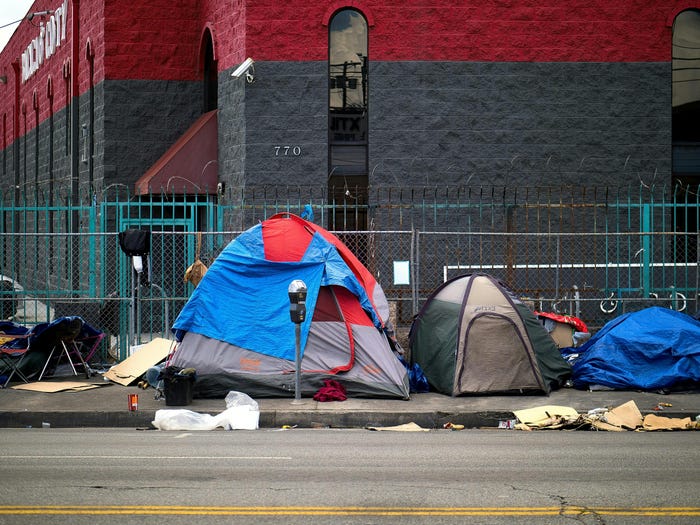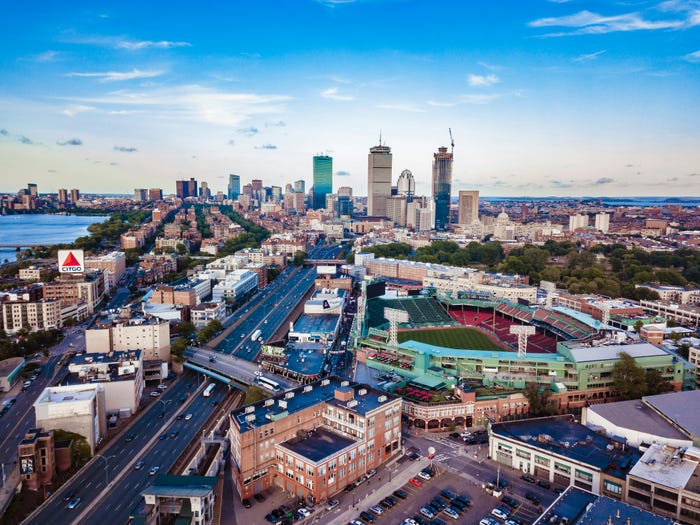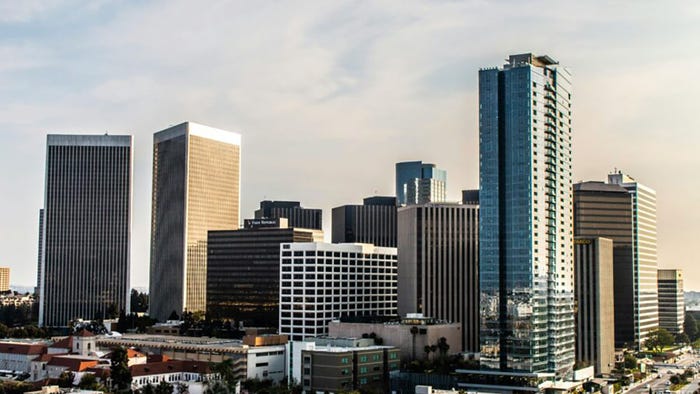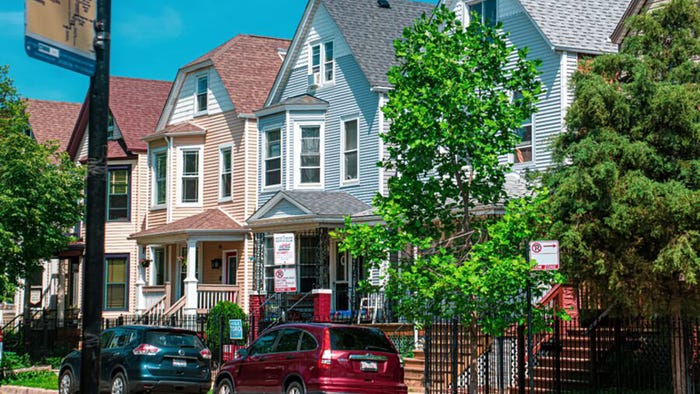Reconciling induced demand with highway spending—Adopting a new way of thinking about transportation planningReconciling induced demand with highway spending—Adopting a new way of thinking about transportation planning
With more than 4.2 million miles of public roads crisscrossing the United States today, why does the country continue to pour billions of dollars annually into highway construction, expansion and maintenance?

More than 4.2 million miles of public roads crisscross the United States today, taking Americans virtually anywhere they would like to go. Given that, it might be fair to ask why the country continues to pour billions of dollars annually into highway construction, expansion and maintenance?
In 2022 alone, federal, state and local governments spent nearly $128 billion on highway construction. That’s about twice the amount allocated to maintaining public roads, some 43 percent of which were rated in poor or mediocre condition, according to a 2021 report by the American Society of Civil Engineers.
Sadly, all this spending seems to do little to relieve traffic congestion. In fact, a widely held transportation planning concept—induced demand—suggests that building or expanding roads to make driving more convenient actually encourages more people to drive which translates into more vehicles on the road and ultimately leads to congestion levels that are as bad as or worse than before the “improvement.”
Spending, however, isn’t the only issue. Traffic congestion also imposes significant costs on all those who regularly use these public roads. Commuters caught in traffic delays, for example, can spend hundreds of extra hours on the road, reducing the time they have available for work, leisure, or their families. Using an average wage rate of $25/hour, if a commuter loses 30 minutes a day due to traffic congestion, that equates to approximately 125 hours annually (based on a 250-day work year) or $3,125 per commuter.
To take this cost analysis a step further, stop-and-go traffic and idling lead to higher fuel consumption when compared to free-flowing conditions. The cost for this additional fuel could run the average commuter anywhere from $200-$1,000 annually, depending on the severity of the congestion and fuel prices. Congestion also accelerates wear-and-tear on brakes, tires and engines due to frequent stops and starts, adding another $100-$300 per year to standard vehicle maintenance costs.
Beyond such hard costs, longer commute times contribute to stress, which can lead to health issues such as high blood pressure and fatigue, higher medical expenses, and lost productivity. Across a standard metropolitan area, lost time and efficiency due to traffic congestion can cost billions of dollars in reduced worker productivity and delayed goods delivery. The 2023 INRIX Global Traffic Scorecard, for example, estimated that congestion costs commuters in major U.S. cities such as New York or Los Angeles between $1,000-$2,500 annually per person.
Finally, there is the environmental cost of traffic congestion. Vehicles in congested traffic produce higher vehicle emissions due to frequent idling and acceleration in stop-and-go traffic, contributing to issues like smog, greenhouse gas emissions, and poor air quality. Beyond damage to the environment, worsening air quality can impact commuter health, leading to respiratory issues such as asthma, lung cancer and cardiovascular diseases.
Despite these negative consequences, the U.S. continues to spend heavily on infrastructure, including road construction and expansion. Why? There are at least six key reasons:
Economic growth and connectivity: New and expanded infrastructure supports economic growth by improving access to jobs, goods and services. Even if congestion reappears, the enhanced connectivity can still contribute to economic activity. Even if the long-term congestion benefits are minimal, expanding roads in growing regions helps to accommodate population and economic expansion.
Job creation and economic impact: Infrastructure projects create jobs and stimulate local economies during construction, which makes them politically and economically attractive, regardless of the long-term effects on congestion.
Political and public pressure: Elected officials often prioritize road projects because they are visible, provide immediate benefits, and align with voter preferences for reducing traffic congestion, even if only temporarily. Communities frequently advocate for road improvements to address local congestion or support new development.
Federal and state funding structures: A significant portion of transportation funding comes from sources like gas taxes, which are tied to road use. This creates an incentive to invest in roads rather than alternative modes of transportation. Federal programs traditionally prioritize highway spending over investments in transit or other modes of travel.
Perceived lack of alternatives: In many parts of the United States, driving is the primary means of transportation. Expanding roads is seen as the most direct way to address current congestion issues, even if it’s a short-term fix. Public transit systems in some areas are underfunded or insufficient, making road infrastructure the default option.
Outdated planning paradigms: Traditional transportation planning has often focused on increasing capacity to meet projected traffic demand without fully accounting for induced demand or alternative solutions like public transit, biking, or walking. Models used in planning sometimes fail to adequately incorporate the behavioral changes that lead to induced demand.
With these realities in mind, the challenge for transportation planners and federal, state and local governments is to balance immediate needs with sustainable, long-term solutions that address congestion and environmental concerns. To that end, federal guidelines increasingly are prioritizing existing highway maintenance and repairs over new construction, with a focus on reducing the environmental footprint of transportation projects.
Increased funding for expansion of public transit, bike lanes and pedestrian-friendly infrastructure must also play a more prominent role in addressing transportation needs without relying solely on highway expansion for public mobility. Ideally, such environmentally friendly, multimodal solutions should be augmented by demand management strategies, such as implementing congestion pricing or incentivizing carpooling.
Finally, community impact and input must play a key role in future decision-making. Awareness of the negative social impacts of highway construction, including displacement of communities and increased pollution, has led to increased public scrutiny and opposition to new highway projects. This change in public mindset can help to fuel demand for alternative transportation methods and land-use planning initiatives that encourage denser, mixed-use developments designed to reduce the need for long car trips.
While induced demand is real, it doesn’t render all road construction unnecessary—some projects are simply essential for improved safety, maintenance or addressing bottlenecks in growing areas. To mitigate the effects of induced demand, though, it is essential for all parties concerned to adopt a new way of thinking about connecting people to jobs and services.









